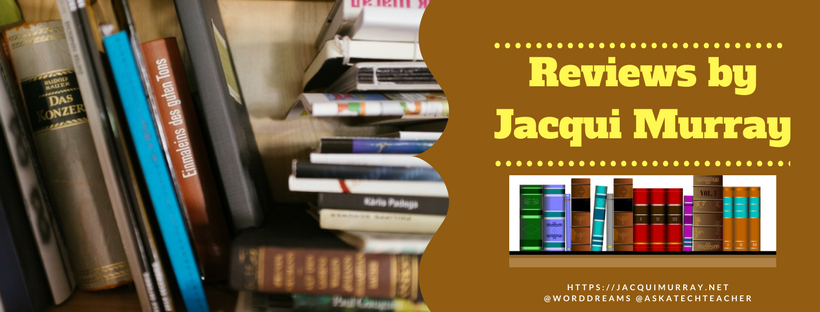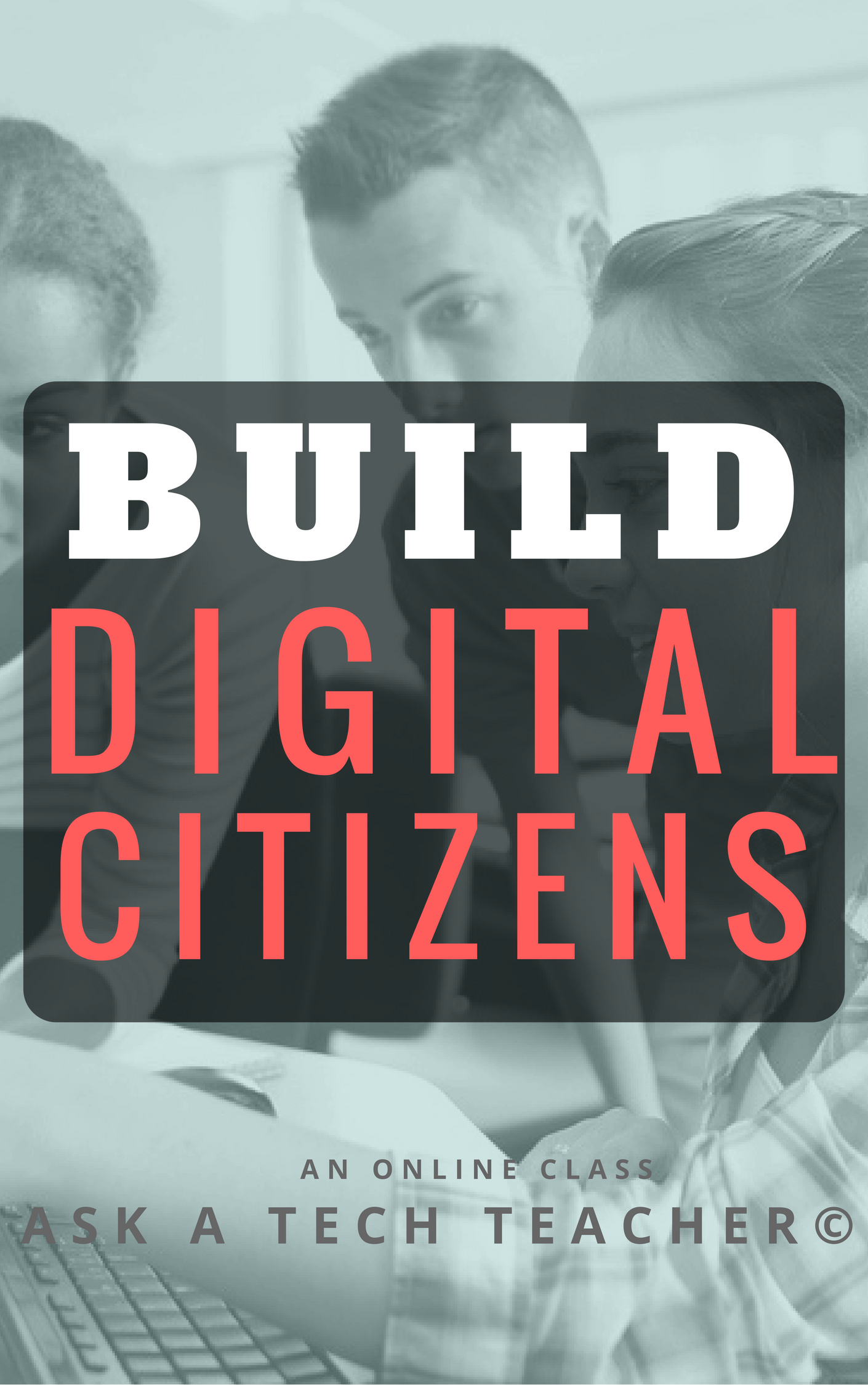The Role of Phosphorus Properties in Sustainable Technology for Classrooms
When you think about how to educate the next generation, what do you hope to see? A school classroom of the future, one equipped with technology for students to learn and grow, is also designed to be sustainable. Some wouldn’t regard it as just a vision because phosphorus properties are special ingredients in the development of sustainable technology for education.
Powering Classrooms with Phosphorus-Based Energy Solutions
Phosphorus and its properties are increasingly being studied for their potential to transform education tools and technology. One of the most important areas in which phosphorus has the ability to change things is in energy storage in classrooms. In a classroom today, many of the most essential education tools — tablets, laptops, and interactive whiteboards — require the use of power.
What if every piece of technology in a classroom was powered by a more energy-efficient battery that would last longer and charge faster? That might sound like a dream, but it’s not only approaching — it’s becoming a reality. With phosphorus-friendly batteries, schools can develop more sustainable sources of energy, which will reduce the overall carbon footprint of these institutions.
Companies like ICL Industrial Products are playing an important role in leveraging phosphorus for sustainable technology developments, such as batteries. Today, educators and school leaders should be aware of the power of phosphorus, as it can help facilitate more informed decisions in the best interests of students and teachers.
Phosphorus and the Evolution of Classroom Technology
Energy storage is just one example of phosphorus properties. Semiconductors are another place where phosphorus is at work. Semiconductors contain phosphorus because of its properties as a dopant, which allows it to have an effect on the material’s electrical properties. Essentially, phosphorus has the power to improve the efficiency of computers and interactive displays, which are becoming more popular and necessary in today’s classroom settings.
Since the compound is helping to power so many critical pieces of touch screens, this is yet another example of how the material is shaping the future of education. By making these devices work better and be more energy-efficient, phosphorus properties are helping young learners in classrooms be more engaged and successful than they ever have been.
Real-World Applications: Phosphorus in Sustainable Classroom Tools
Apart from semiconductors and batteries, there are a number of other places where phosphorus can be found in classrooms. Schools everywhere are implementing phosphorus-oxide compounds in LEDs. These innovative lights can now be found in typical modern classroom settings, significantly advancing lighting quality and efficiency to create a safer environment for young learners.
Think of the impact of upgrading school lights to LEDs. The environmental benefit paired with the financial benefit is the perfect global/school solution. This is a great way to understand the fantastic usefulness of phosphorus properties in school technology.
Creating a Sustainable Future with Phosphorus
By choosing phosphorus property technology, educators can make sustainable and cutting-edge transformations in their classrooms. Integrating phosphorus into the build of classroom tech is just one way to keep an eco-conscious classroom sustainable.
Here’s the sign-up link if the image above doesn’t work:
https://forms.aweber.com/form/07/1910174607.htm
“The content presented in this blog are the result of creative imagination and not intended for use, reproduction, or incorporation into any artificial intelligence training or machine learning systems without prior written consent from the author.”
Jacqui Murray has been teaching K-18 technology for 30 years. She is the editor/author of over a hundred tech ed resources including a K-12 technology curriculum, K-8 keyboard curriculum, K-8 Digital Citizenship curriculum. She is an adjunct professor in tech ed, Master Teacher, webmaster for four blogs, freelance journalist on tech ed topics, contributor to NEA Today, and author of the tech thrillers, To Hunt a Sub and Twenty-four Days. You can find her resources at Structured Learning.








































Wow I have to say this was extremely interesting information. I learned a lot by reading this.
One of my international team wrote this one. I love it.